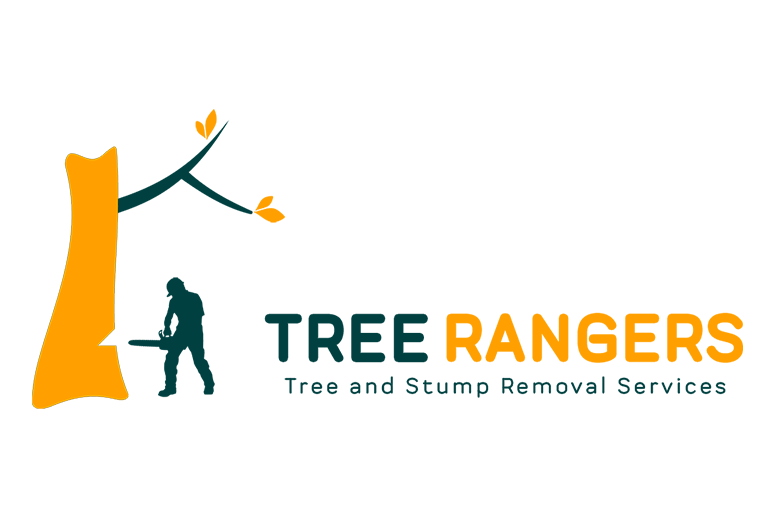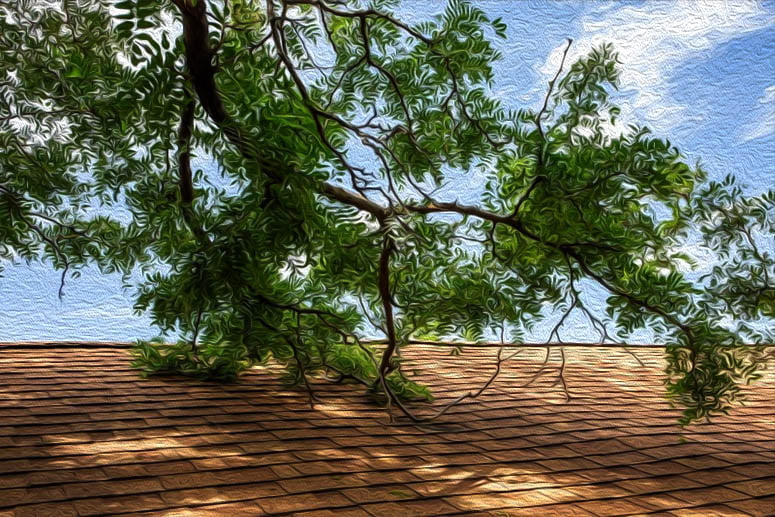Trees are an essential part of our ecosystem. They provide us with shade, clean air, and even food. However, like any other living thing, trees are susceptible to diseases and pests. If left untreated, these issues can cause significant damage to trees and potentially kill them. In this article, we will discuss how to identify some common tree diseases and pests, so you can take action and protect your trees.
Tree Diseases:
- Anthracnose: Anthracnose is a fungal disease that affects a wide range of trees, including oak, maple, and sycamore. Symptoms of anthracnose include brown spots on leaves, premature leaf drop, and twig dieback. Fungal spores spread through rain or irrigation, so it’s important to keep trees dry and healthy to prevent anthracnose.
- Dutch Elm Disease: Dutch Elm Disease is a fungal disease that affects elm trees. The disease is spread by bark beetles, which carry the fungus from infected trees to healthy ones. Symptoms of Dutch Elm Disease include wilting leaves and twig dieback. Infected trees must be removed promptly to prevent the spread of the disease.
- Fire Blight: Fire Blight is a bacterial disease that affects fruit trees, such as pear, apple, and cherry. Symptoms of Fire Blight include wilting, blackened branches, and leaves that appear burnt. The bacteria spread through insect vectors and rainwater, so it’s important to prune infected branches and maintain good tree health to prevent Fire Blight.
Tree Pests:
- Emerald Ash Borer: Emerald Ash Borer is an invasive pest that attacks ash trees. The beetle larvae feed on the inner bark, disrupting the tree’s ability to transport water and nutrients. Symptoms of Emerald Ash Borer include thinning canopy, bark splitting, and woodpecker damage. If left untreated, Emerald Ash Borer can kill ash trees within 3-4 years.
- Gypsy Moth: Gypsy Moth is a destructive pest that feeds on the leaves of trees, such as oak, birch, and maple. Gypsy Moth caterpillars can defoliate entire trees, causing significant damage. Symptoms of Gypsy Moth infestation include stripped leaves and egg masses on tree trunks. Various methods, including insecticides and biological control, can help manage Gypsy Moth populations.
- Scale Insects: Scale insects are small, sap-sucking pests that can affect a wide range of trees, including maple, oak, and fruit trees. Symptoms of Scale Insect infestation include yellowing leaves, sticky residue on branches, and a black fungus called sooty mold. Scale Insects can be managed through pruning and insecticidal treatments.
In conclusion, trees are vulnerable to various diseases and pests, and it’s important to identify them early on to prevent significant damage. If you notice any of the symptoms mentioned above, consult a certified arborist to help diagnose and treat the problem. Additionally, maintaining good tree health, such as pruning and watering, can help prevent diseases and pests from attacking trees in the first place. Remember, healthy trees are happy trees!







